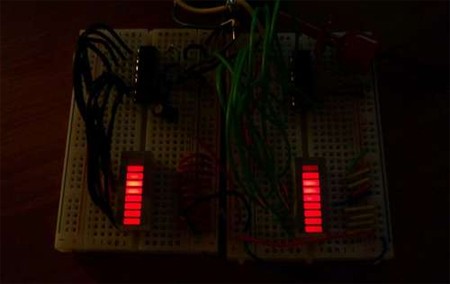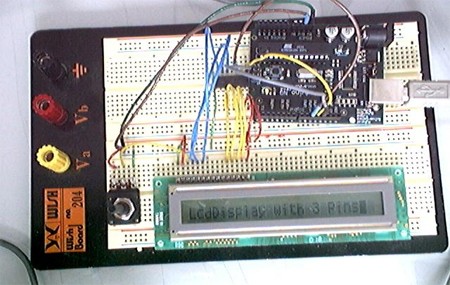
[jelengar] liked the ease of use of the Arduino, but wanted a much higher pin count. He set about converting the ATmega Controller for use with Wiring, the code that the Arduino IDE is based on. The ATmega128 in the controller features 53 pins as opposed to the 11 on the Arduino’s ATmega168. You also get 128kb of memory. The process is fairly simple; you just need to add the appropriate crystal. You can also add a switch to trigger the bootloader and a status LED.












